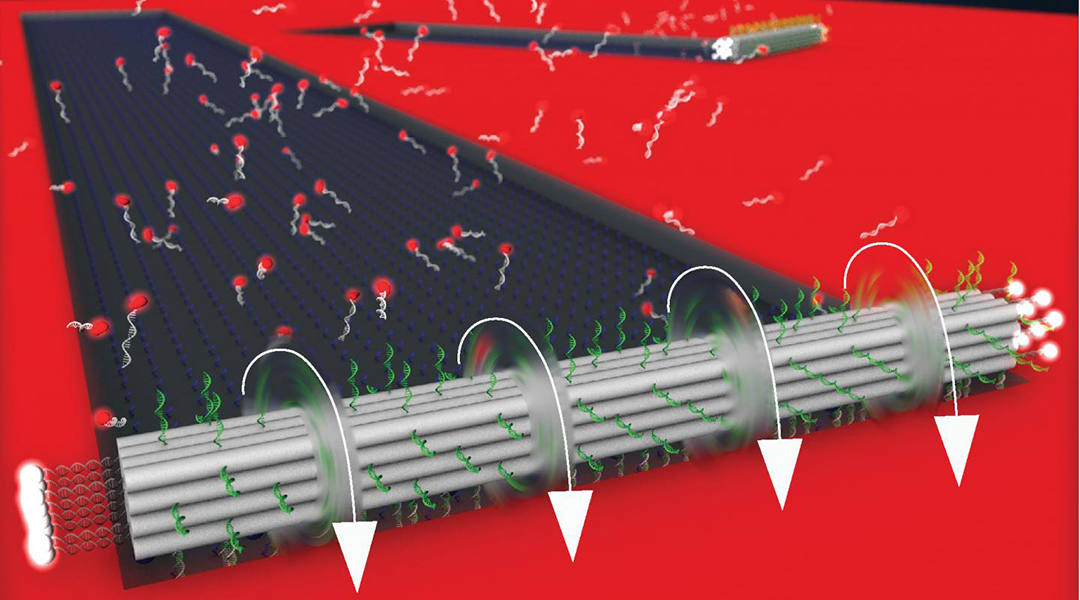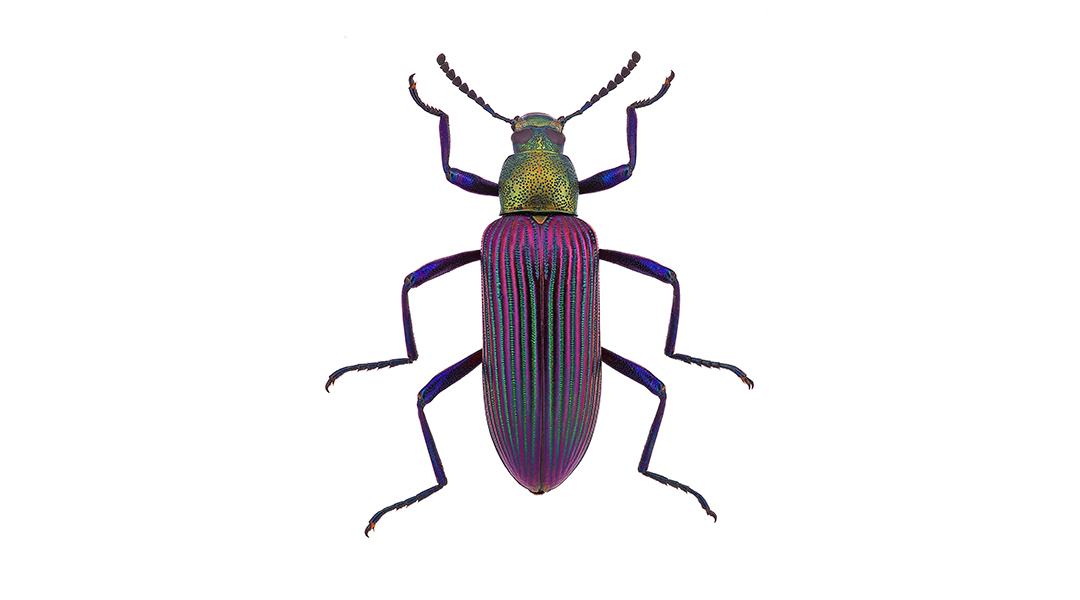Today’s green chemistry technologies open the route to a broader and richer economy for lemons, well beyond the fresh fruit and fruit juice markets.


Today’s green chemistry technologies open the route to a broader and richer economy for lemons, well beyond the fresh fruit and fruit juice markets.

To mimic the fluid and versatile movement of soft-bodied animals, soft robots require their own “muscles” to function.

Archimedean spirals for flexible heat actuator-sensor devices.

Hello HAL, do you read me HAL?

Will artificial intelligence expand and enhance its teaching prowess to the point where it can replace the professor in his or her traditional role?

Scientists feed live microalgal cells terbium to fabricate 3D functional devices.

Scientists pave way for nanobots to one day diagnose and treat disease with the first DNA-based motor to run on chemical energy.

Masking heat signatures from prying eyes, researchers develop a new material that functions as a cloaking device.

Researchers at Dartmouth have developed a miniature robotic bug that has a flexible body, is easily maneuverable, and can be completely flattened without damaging its functionality.

A wireless acoustic sensor that can be worn over fur could be especially useful for monitoring the vital stats of working animals such as sniffer dogs.